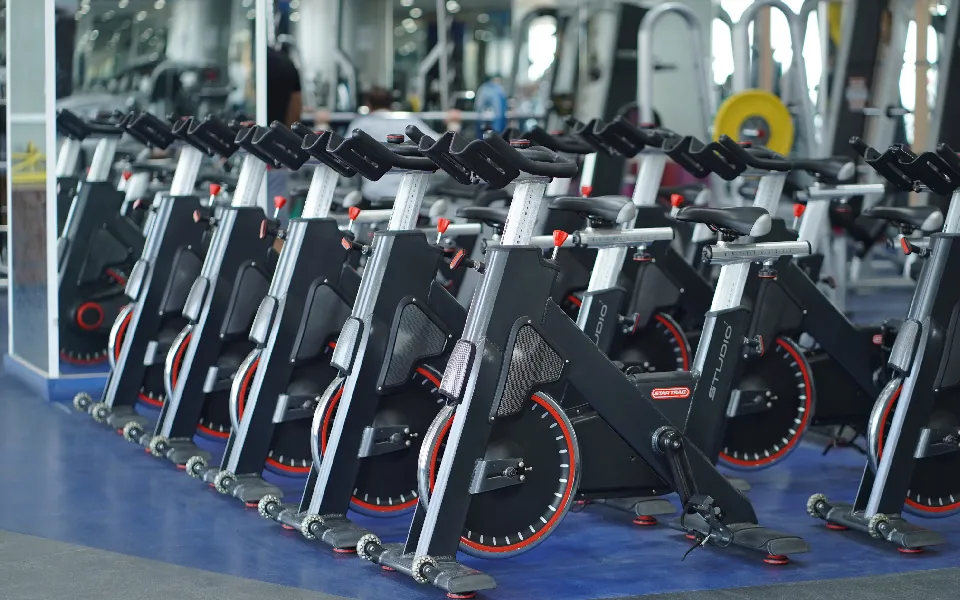Introduction: When it comes to fitness and exercise, there are numerous myths and misconceptions that can hinder progress and misguide gym-goers. Separating fact from fiction is essential for achieving optimal results. In this blog, we will debunk common fitness myths and provide evidence-based information to help you make informed decisions and maximize your gym training.
- Myth: Cardio is the Best Way to Lose Weight: One prevalent myth is that cardiovascular exercise is the most effective way to shed pounds. While cardio can contribute to weight loss, combining it with strength training yields better results. Strength training builds muscle, which increases your resting metabolic rate, allowing you to burn more calories throughout the day. Incorporate a balanced routine including cardiovascular exercise and resistance training for optimal weight loss.
- Myth: Lifting Weights Makes Women Bulky: Many women avoid weightlifting due to the fear of getting bulky. However, this myth is far from the truth. Women have lower testosterone levels compared to men, making it challenging to achieve substantial muscle mass. Instead, strength training helps women tone and sculpt their bodies, improves bone density, and boosts metabolism. Embrace weightlifting as an essential part of your fitness routine without the fear of becoming overly muscular.
- Myth: Crunches Are the Key to Six-Pack Abs: Abdominal exercises like crunches alone won’t magically give you a chiseled six-pack. While targeted exercises can strengthen your abdominal muscles, they won’t eliminate the layer of fat covering them. Achieving visible abs requires a combination of a well-rounded exercise routine, a healthy diet, and overall fat loss through a calorie deficit. Incorporate compound exercises, such as squats and deadlifts, which engage multiple muscle groups and promote overall fat burning.
- Myth: No Pain, No Gain: The “no pain, no gain” mindset is not only misleading but potentially harmful. While feeling some muscle soreness after an intense workout is normal, excessive pain can indicate injury or overexertion. It’s essential to listen to your body and find a balance between pushing your limits and allowing for proper recovery. Gradually progress your workouts, incorporate rest days, and prioritize proper form to avoid unnecessary injuries.
- Myth: Spot Reduction is Possible: The idea that you can target fat loss in specific areas of your body through exercises like sit-ups for a flatter stomach or inner thigh exercises for slim legs is a persistent myth. Unfortunately, spot reduction is not possible. Your body determines where it loses fat based on genetic factors and overall fat percentage. Focus on creating a calorie deficit through strength training, cardiovascular exercise, and a balanced diet to achieve overall fat loss.
- Myth: More Gym Time Equals Better Results: Spending excessive hours at the gym does not guarantee better results. Quality over quantity is key. Overtraining can lead to fatigue, decreased performance, and increased risk of injury. Allow your body adequate time to rest and recover between workouts. Focus on intensity and efficiency during your gym sessions, incorporating a combination of resistance training and cardio that aligns with your goals.
Conclusion: Busting fitness myths is crucial for optimizing your gym training and exercise routine. By debunking common misconceptions, such as cardio for weight loss or the fear of women becoming bulky from weightlifting, you can make informed decisions and achieve better results. Embrace evidence-based practices and enjoy your fitness journey with clarity and confidence.


